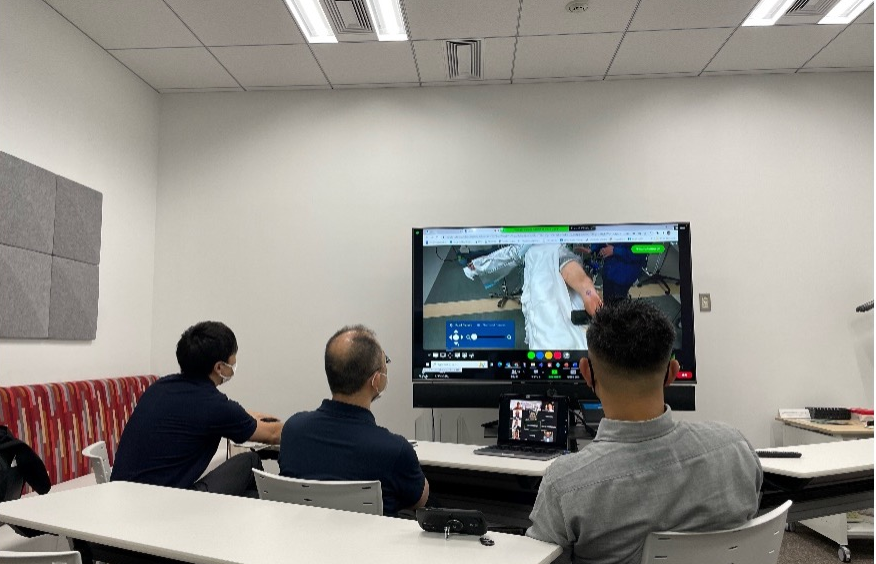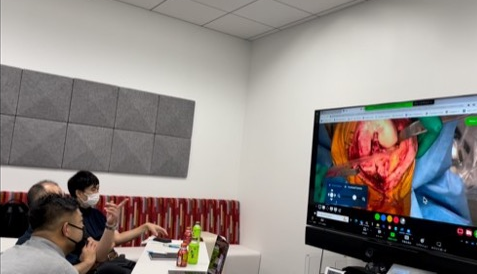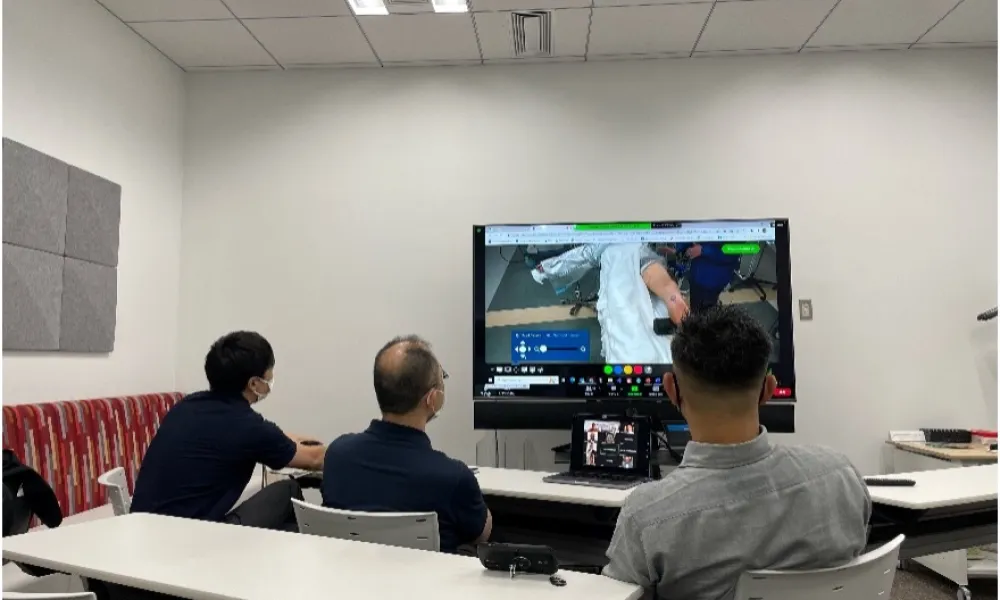I have talked previously about the intersection of evolving
total knee alignment philosophy and the use of robotic assistance to obtain
desired alignment and execution for knee replacement patients. We have
adopted the concept of patient-specific alignment when it comes to our knee
replacement procedures. This translates into putting the patient back to the alignment they were living in prior to developing arthritis. Conversely, traditionally, legs
were placed in a neutral mechanical axis meaning a straight line between the
center of the hip, knee and the ankle. However, many patients did not have a
neutral mechanical alignment in their leg prior to developing arthritis. This meant
we were changing the native alignment for a significant number of patients
during knee replacement.
With the Velys Robotic Assisted Solution (VRAS) we are
able to select any limb alignment we choose, balance the soft tissue by
manipulating the position of the implants virtually on the computer, allowing the
robot to execute the plan precisely. This is all done in real-time during your
surgical procedure. This allows us to restore patients' native alignment, giving
them a well-balanced knee without the need for extensive soft tissue releases. Surgeons at Proliance Orthopedic Associates have performed over 250 robotically-assisted total knees and we are enthusiastic about the opportunities this creates
for our patients.
Two weeks ago, I had the pleasure of performing a robotically-assisted total knee replacement on one of our patients at UW Valley Medical Center. Utilizing the Avail telemedicine technology, we were able to transmit our live surgery to surgeons in Japan who were watching in real time and were able to ask questions and interact with us during the surgery (see photos below). This technology allows us to share information and techniques with surgeons around the world. We are proud to have the capabilities at Valley Medical Center to help not only our total hip and knee replacement patients but also contribute to learning of around the globe. We continue to explore new techniques and technology which will benefit our patients.



